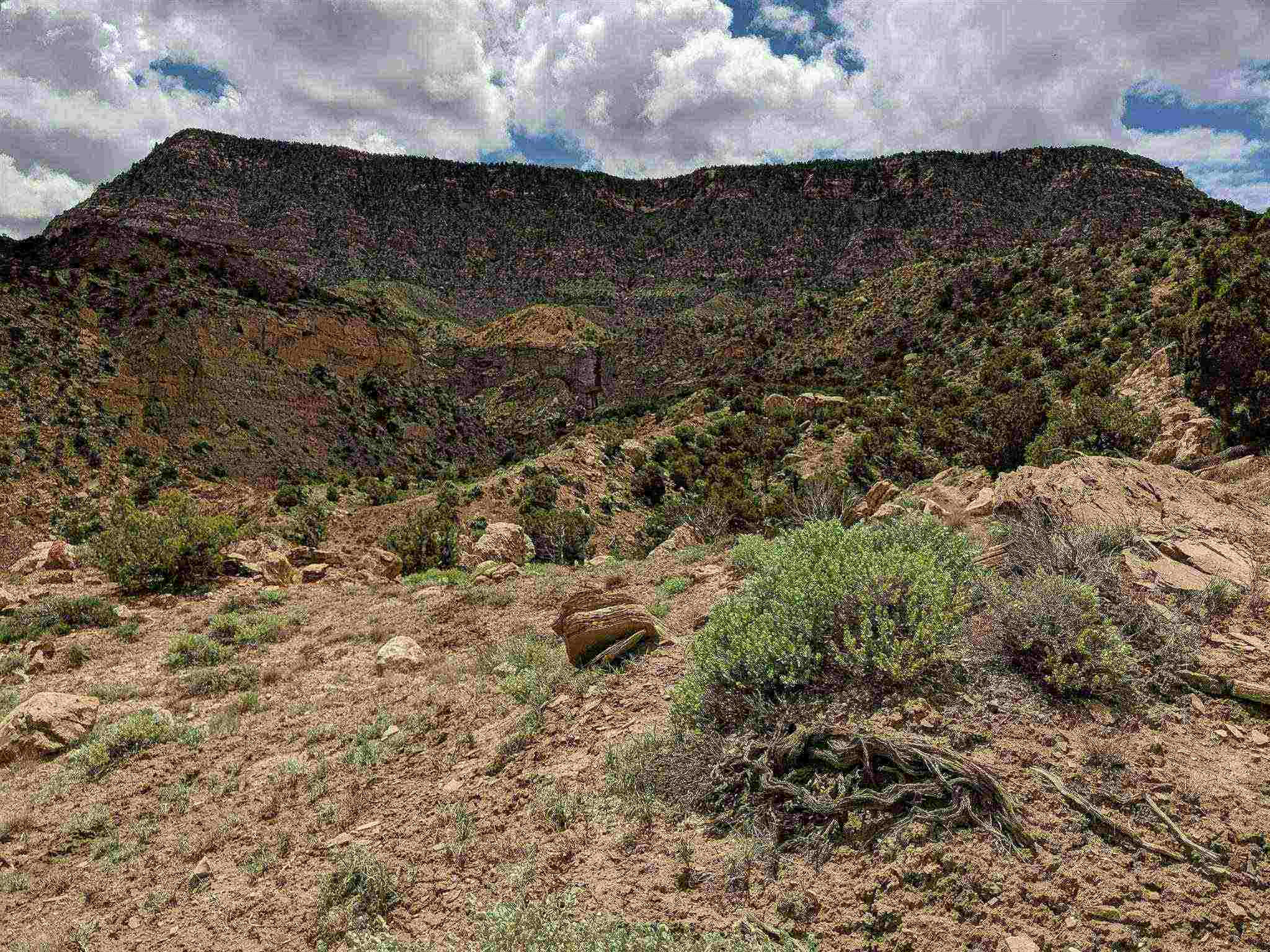
Mesas, also known as table mountains, are geological formations that can be found in various parts of the world. These unique and mesmerizing landforms have fascinated geologists and nature enthusiasts for centuries. From their distinct appearance to their geological significance, mesas have a lot to offer in terms of understanding the Earth’s history and natural processes. In this article, we will uncover 10 astonishing facts about mesas, shedding light on their formation, characteristics, and cultural significance. Get ready to embark on a journey through breathtaking landscapes and delve into the fascinating world of these remarkable geological wonders. So, fasten your seatbelt and let’s explore the enchanting realm of mesas.
Key Takeaways:
- Mesas are flat-topped formations found in deserts, shaped by erosion and home to unique plant and animal species, offering breathtaking views and holding spiritual significance for indigenous cultures.
- The word “mesa” comes from Spanish, meaning “table,” and mesas can be found worldwide, inspiring photographers and artists with their unique shapes and colors.
Mesas are table-like formations found in the desert.
These geological wonders are characterized by their flat tops and steep sides, standing tall amidst the arid landscapes.
The word “mesa” is derived from the Spanish language.
In Spanish, “mesa” means table, which perfectly describes the shape of these formations.
Mesas are formed by erosion.
Over millions of years, wind and water erode the surrounding rock layers, leaving behind a flat-topped mesa.
Some mesas are sacred to indigenous cultures.
For Native American tribes, mesas hold deep spiritual significance and are often considered sacred sites.
The famous tabletop mountains in South America are actually mesas.
The stunning tepuis in Venezuela and Brazil are iconic examples of mesas that have captured the imagination of explorers and filmmakers alike.
Mesas can be found in various parts of the world.
While they are commonly associated with the American Southwest, mesas can also be found in places like Africa, Australia, and Asia.
Mesas are home to unique plant and animal species.
The isolated nature of mesas has led to the evolution of specialized flora and fauna that are adapted to the harsh desert conditions.
Some mesas have ancient Native American cliff dwellings.
The Ancestral Puebloans and other Native American civilizations built intricate cliffside settlements on the sides of mesas, showcasing their architectural prowess.
Mesas offer breathtaking panoramic views.
Many tourists hike or drive to the top of mesas to witness the stunning vistas stretching out in all directions.
Mesas are a popular subject for photographers and artists.
The unique shapes, striking colors, and dramatic lighting make mesas an attractive subject for capturing the beauty of nature through various artistic mediums.
Conclusion
Mesas are truly fascinating geological formations that have captivated the world with their unique beauty and rich history. Whether it’s their distinct flat-topped shape, their formation process, or their significance in various cultures, mesas continue to intrigue and awe both scientists and tourists alike.
From their geological origins to their cultural significance, mesas hold a myriad of astonishing facts that shed light on the wonders of our natural world. Their formation through erosion, their role as sacred sites for indigenous communities, and their breathtaking vistas make mesas an intriguing subject of study and admiration.
So, the next time you come across a mesa, take a moment to appreciate the incredible forces of nature that have shaped these majestic formations. Explore their breathtaking landscapes, delve into their vibrant histories, and marvel at the remarkable wonders that mesas have to offer.
FAQs
1. What is a mesa?
A mesa is a geological formation characterized by a flat-topped hill or mountain with steep sides. It is usually made up of sedimentary rock layers.
2. How are mesas formed?
Mesas are formed through the process of erosion. Over millions of years, wind and water erode the surrounding land, leaving behind a flat-topped mesa.
3. Are all mesas the same height?
No, mesas can vary in size and height. While some mesas may be relatively small, others can reach several hundred feet in height.
4. Can mesas be found in different parts of the world?
Yes, mesas are found in various regions around the world, including the southwestern United States, Spain, China, and Australia.
5. Do mesas have any cultural or spiritual significance?
Yes, many indigenous communities consider mesas to be sacred sites. They are often associated with religious ceremonies, rituals, and ancestral connections.
6. Can mesas be explored?
Absolutely! Many mesas are open to the public and offer hiking trails or viewpoints to explore and enjoy the stunning panoramic views.
7. Are there any specific precautions to take when visiting a mesa?
When visiting a mesa, it is important to follow any safety guidelines or restrictions in place. It is also recommended to bring plenty of water, wear appropriate footwear, and be prepared for changing weather conditions.
8. Can mesas change over time?
Yes, mesas can undergo changes due to ongoing erosion processes. Over time, the flat top of a mesa may erode further, and its sides may become steeper or more rugged.
9. Are there any famous mesas?
Yes, there are several famous mesas, such as the Montezuma Castle National Monument in Arizona, USA, and the Table Mountain in Cape Town, South Africa.
10. Can mesas be seen from a distance?
Absolutely! Due to their unique shape and prominent features, mesas can often be seen from a distance, creating stunning panoramic views and landmarks in the surrounding landscapes.
Was this page helpful?
Our commitment to delivering trustworthy and engaging content is at the heart of what we do. Each fact on our site is contributed by real users like you, bringing a wealth of diverse insights and information. To ensure the highest standards of accuracy and reliability, our dedicated editors meticulously review each submission. This process guarantees that the facts we share are not only fascinating but also credible. Trust in our commitment to quality and authenticity as you explore and learn with us.
